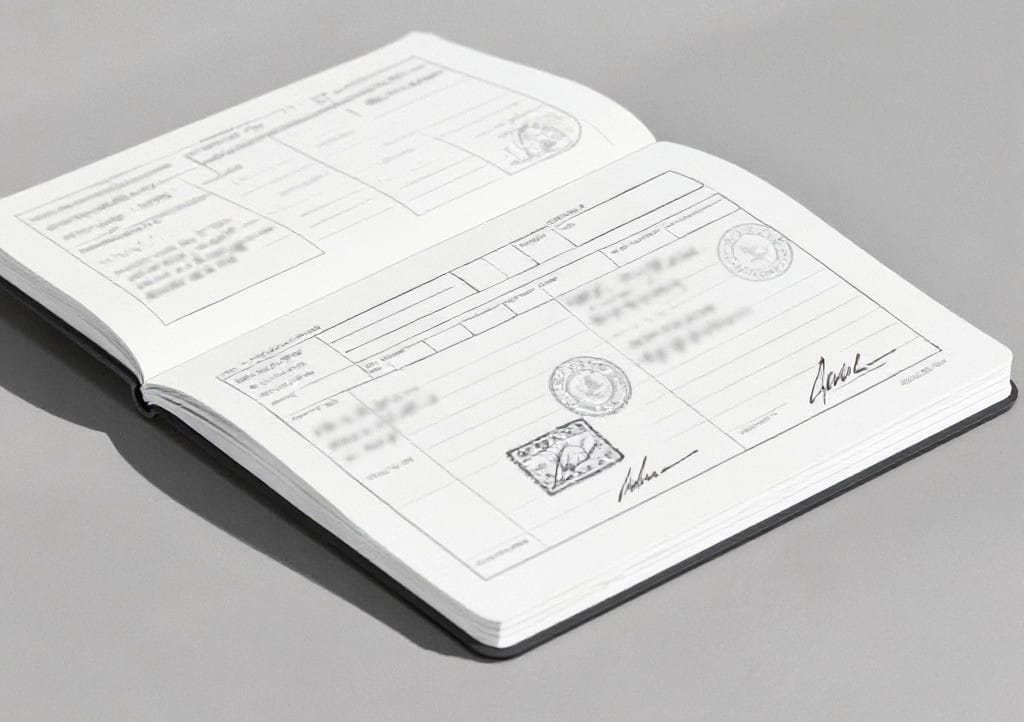Getting your EASA Part 66 Aircraft Maintenance Licence is more than just passing exams. You need to show that you’ve gained real, hands-on experience on actual aircraft — and that’s where your Part 66 logbook comes in.
This document is your official record of practical maintenance experience. Authorities will look at it closely when you apply for your licence.
Key Takeaways
- Your Part 66 logbook is a mandatory record that shows your practical maintenance experience for your Aircraft Maintenance Licence application.
- All entries must be accurate, signed by qualified supervisors, and reflect tasks relevant to your licence category and subcategory.
- Keeping your logbook in order from the start helps you avoid mistakes and ensures your experience meets EASA standards for licence approval.
In June 2024, EASA requirements changed, and the current logbook must satisfy the following rules:
- For B1.1, B1.3, and B2 licence categories, you must show at least 12 months of experience gained in an EASA Part-145 approved maintenance organisation.
The rest of the experience can be gained in any other relevant maintenance organisation (approved by any national authority, military, police, fire brigades, coast guard, etc.). - For A, B1.2, B1.4, and B3 licence categories, you must show at least 6 months of experience gained in an EASA Part-145 approved maintenance organisation.
The rest of the experience can be gained in any other relevant maintenance organisation (approved by any national authority, military, police, fire brigades, coast guard, etc.).
Your EASA Part 66 logbook must follow specific rules and clearly show your maintenance experience to support your licence application. The logbook lists the types of tasks you’ve performed and ensures they meet the requirements for your chosen category and type rating.
Knowing how to structure, fill out, and organise your logbook can make the difference between a smooth application and a frustrating delay. If you log your experience correctly, you’ll build a solid foundation for your maintenance career and meet all regulatory requirements.
What Is the EASA Part 66 Logbook and Why Is It Important?
The EASA Part 66 logbook is a required document that tracks your practical maintenance experience on aircraft. It serves as proof of your hands-on work when you apply for an Aircraft Maintenance Licence and demonstrates that you meet EASA’s experience requirements.

Source: Hellenic Civil Aviation Authority
Key Features of the EASA Part 66 Logbook
The Part 66 logbook uses a structured format to record your maintenance activities. You’ll need to log work across different ATA (Air Transport Association) chapters, which cover various aircraft systems.
Most European CAAs accept different types of logbooks as long as they capture key details such as:
- Aircraft type and registration
- Maintenance tasks performed (with ATA reference and short description)
- Whether the task is B1- or B2-related
- Type of task (Line or Base maintenance)
- Date of task performance (logging the duration is preferable but not mandatory)
- Supervisor’s signature and stamp
Authorised personnel from Part-145 approved organisations must verify your entries. This ensures your experience record is legitimate.
The logbook covers both line maintenance (routine checks, minor repairs) and base maintenance (major inspections, complex repairs).
Including all relevant ATA chapter tasks for your licence category or subcategory is important — variety of tasks must be demonstrated.
Types of EASA Accepted Logbooks
You have several options for logbook formats that meet EASA Part 66 requirements:
- Official EASA Part 66 logbooks – These are the most common and include pre-formatted sections for all required information and ATA chapters.
- National aviation authority logbooks – For example, the UK CAA’s Aircraft Maintenance Engineers Logbook (CAP741) or equivalent versions from other countries.
- Digital logbooks – Increasingly common. If you can download a list of all tasks you’ve performed from maintenance tracking systems (such as AMOS, OASIS, TRAX, etc.), this can be an efficient way to include all your tasks. Just ensure the downloaded document meets the same standards as paper versions.
Your logbook must comply with Regulation (EU) No. 1321/2014 Annex III, and the authority you apply to will confirm which formats they accept.
Who Needs an EASA Part 66 Logbook?
You’ll need an EASA Part 66 logbook if you’re applying for an Aircraft Maintenance Licence (AML) in categories A, B1, B2, B3, B2L, L, or C. These licences are the most common ones:
- Category B1.1: Mechanical and electrical systems
- Category B2: Avionics and electrical systems
- Category C: Base maintenance
You should already have passed your basic exams — the Part 66 licence proves both theoretical knowledge and practical experience.
Without proper logbook documentation, you can’t prove your experience, which will delay your licensing process.
Ensure your experience matches the requirements for your licence category. Each category demands exposure to different systems and maintenance tasks.
Demonstrate knowledge of maintenance manuals, technical procedures, and industry standards. The quality of your documentation matters more than the number of entries.
Avoid repetitive simple tasks; EASA expects to see skill progression and variety.
Required Signatures and Authorisations
Every entry in your logbook must be countersigned by a qualified supervisor — you cannot sign off your own experience.

Authorised signatories include:
- Part-66 licence holders
- Certifying staff with appropriate qualifications
Your supervisor must verify the work you performed and sign each entry promptly. Late signatures may cause authorities to question the validity of your entries.
Before applying for the licence, you must obtain proof of authenticity for your logbook. There are two acceptable methods:
- Have each page of your logbook signed and stamped by a senior manager in your organisation (ideally the Compliance Manager).
- Obtain a written and signed statement from a senior manager (again, preferably the Compliance Manager) confirming that your logbook from page 1 to page [X] is authentic.
This authenticity proof certifies that your logbook is genuine. The person signing must be confident that all entries are legitimate.
ATA Chapter Organisation
Organise your logbook entries by ATA chapters rather than by date. This helps authorities review your experience across different aircraft systems.
Each ATA chapter should have its own section or page. Common chapters include:
- 24 – Electrical Power
- 27 – Flight Controls
- 32 – Landing Gear
- 71 – Powerplant
- 78 – Exhaust
Tick the boxes for the ATA chapters where you’ve performed maintenance.
Focus only on chapters applicable to your licence category or subcategory. Quality and relevance are more important than quantity.
Examples of Completed Entries
Good examples:
- G-ABCD, Airbus A320, 15/10/2025 – Replaced main landing gear brake pads (ATA 32), 4 hours, supervised by John Smith, CAA Licensed Engineer.
- N123AB, Boeing 777, 20/10/2025 – Performed engine borescope inspection on Rolls-Royce Trent 800 (ATA 72), identified normal wear patterns, 2 hours, supervised by Sarah Jones, Part-66 B1 licence holder.
- D-EFGH, Embraer E190, 22/10/2025 – Installed new weather radar display unit (ATA 34), completed operational checks, 6 hours, supervised by Mark Brown, B2 licensed engineer.
Bad examples with void vague entries:
- “Worked on aircraft maintenance.”
- “General servicing duties.”
- “Assisted with repairs.”
Such entries don’t demonstrate your actual work and won’t support your licence application.
Who Can Sign You Off? Supervisors, Roles & Getting Completions Approved
Authorised personnel must verify your logbook entries. Each task must be signed off by qualified certifying staff who can confirm that the work was correctly performed and released to service.
If experience was gained in a maintenance organisation that is not EASA-approved, supervisors may hold privileges under their national licences — this is fully acceptable.
Role of the Assessor
Your assessor must have certifying staff authorisation under Part-145 or equivalent national regulations, meaning they are legally authorised to release aircraft or components back into service after maintenance.
The assessor verifies that:
- You used approved maintenance data
- The work meets required standards
- You followed all safety procedures
Assessors cannot sign off work they haven’t supervised; they need direct knowledge of your performance.
From Logbook to Licence: Linking Your Entries to the EASA Part 66 AML
Your maintenance experience logbook is your main evidence for meeting EASA Part 66 requirements when applying for your Aircraft Maintenance Licence.

Your logbook is official documentation when submitting your EASA Form 19 application. The competent authority requires proof of experience that matches 66.A.30 Basic Experience Requirements.
Ensure every entry has the correct signature, records a range of ATA chapters, and meets the formatting standards required by your authority.
Logbook as Evidence of Competence
A completed logbook demonstrates practical competence, not just theoretical knowledge. It proves you’ve gained hands-on experience with real aircraft systems and maintenance procedures.
Maintenance organisations use your logbook to assess your skills and decide which certification authorisations to grant you.
Clear, detailed entries strengthen your application. Vague or incomplete ones may cause delays or require additional documentation.
Ensuring Traceability and Authenticity
Your logbook is a legal record of your maintenance experience. Every entry must be genuine and verifiable through employer records.
- Record entries immediately after completing tasks.
- Obtain supervisor signatures promptly.
- Keep consistency in dates, aircraft details, and supervisor names.
- Never backdate or falsify entries.
Keep photocopies of key job cards and work orders separately — they serve as evidence if questions arise later.
Avoid These Pitfalls: Common Logbook Mistakes (and Quick Fixes)
Most common issues:
- Missing or incomplete information
- Unsigned entries
Fixes:
- Always include aircraft registration, work order reference, and detailed task description.
- Instead of “engine inspection,” write “100-hour engine inspection per AMM Chapter 72-00-00.”
- Double-check time calculations for accuracy.
- Ensure every entry is signed by both you and your supervisor.
- Electronic signatures must meet EASA standards and include proper identification.
Role of the Competent Authority
The competent authority in your EU Member State reviews your Part 66 licence application. You apply through your national authority, not directly to EASA.
Each Member State has its own evaluation procedures, so contact your authority to obtain EASA Form 19 and relevant instructions.
Authorities check your logbook entries against 66.A.30 requirements and verify signatures, authenticity, and traceability.
Authorities may also use AI tools to detect inconsistencies or fraudulent entries — falsification can have serious career consequences!
Keep all supporting documents (contracts, certificates, maintenance approvals) organised and ready for review.
Final Tips Before applying for the licence:
- Check which European CAA accepts your application. If you’re based in Europe, it’s usually easiest to apply to your home CAA, though you may apply to any EU CAA.
- If you’re a non-EU applicant, verify which EU CAAs accept third-country applications and under what conditions.
Check type endorsement processes with your chosen CAA, as limitations may apply.
Frequently asked questions about the Part 66 logbook

1) What is the EASA Part-66 logbook and why do I need it?
It’s your documented proof of real maintenance experience needed for a Part-66 licence. Assessors use it to confirm you performed a sufficient spread of tasks across relevant aircraft systems (ATA chapters), under proper supervision, in an approved environment.
2) What must each logbook entry include?
- Aircraft type & registration
- Date and brief task title (with ATA chapter)
- Reference (e.g., AMM/IPC/job card number)
- Work performed (1–3 factual lines), location (line/base), duration
- Supervisor’s name, position/licence or company authorisation
- Signature and, where possible, stamp or authorisation reference
3) Who can sign my entries?
A suitably authorised supervisor in your maintenance organisation—typically certifying staff, a licensed engineer, or someone holding company authorisation for the task area. Use the same identity (name/ID) consistently, and ensure signatures are legible and traceable.
4) How should I organise the logbook?
Group and label entries by ATA chapter (e.g., 24 Electrical, 27 Flight Controls, 32 Landing Gear). Keep a simple coverage matrix up front (ATA vs dates/entries) so assessors instantly see system breadth. Note whether tasks were line or base maintenance.
5) Which logbook formats are acceptable?
Paper logbook (including national CAA editions) — widely recognised and easy to stamp.
Digital exports (e.g., AMOS/OASIS/TRAX) — accepted when fields mirror paper standards and signatures/approvals are verifiable.
Always confirm format acceptance with your chosen authority before submission.
6) What mistakes delay or sink applications?
- Vague task descriptions (no ATA, no refs, no outcome)
- Missing or unclear signatures/authorisation IDs
- Weak ATA coverage (too many entries in one system)
- Entries without traceability (no job card/AMM ref)
- Mixing training notes with maintenance experience
- Inconsistent dates, aircraft regs, or duplicate entries
7) How do I connect the logbook to my licence application—and what’s the final checklist?
Reference the logbook in your Form 19 (or national equivalent) and attach any required employer statements. Before submitting, confirm:
- Entries are grouped by ATA with a coverage summary
- Every entry has date, task, ATA, ref, and outcome
- Supervisor identity and signature/ID are clear
- Line vs base noted where relevant
- Organisation details (Part-145/other) are stated
- Total months/experience meet the category requirement
- Contact details for verification are included




5 Responses
Hello!
I hope this message finds you well. Please can you tell me from where can I get the official EASA Part-66 Logbook in soft copy or hard copy?
If you could provide me with links. Thank you.
Type CAA Part 66 maintenance engineer logbook PDF download on Google. Based on this article above it is approve by EASA.
Dear Sir/madam,
I’m am from Silkway Technics NRO type organization, working under EASA part145 regulation #EASA 145.0510..
Thank you gör your support and information .
I am finished EASA part 66 modules examination and started for experience log book writing.
Regards,
Akif Guliyev B1.1
Dear Akif,
Happy to help!
All the best with your career!
Suntech Team!
Dear collegues.
Here is the official EASA logbook:
https://www.easa.europa.eu/download/foreign-part-145-approval/Annex%20B/B11.%20TE.CAO.00129%20%20Experience%20%20logbook.docx
All the best with experience logging,
Suntech Team